Here’s everything about all motherboards having the same locations for screws:
No, not all motherboards have the same locations for screws.
If the computer is a PC, then there is a good chance it has an ATX-standard motherboard, in which case the screw locations are in the same place.
But, there are variations among computers, and that can lead to differing screw locations.
So if you want to learn all about if screw locations are the same for all motherboards, then you’re in the right place.
Keep reading!
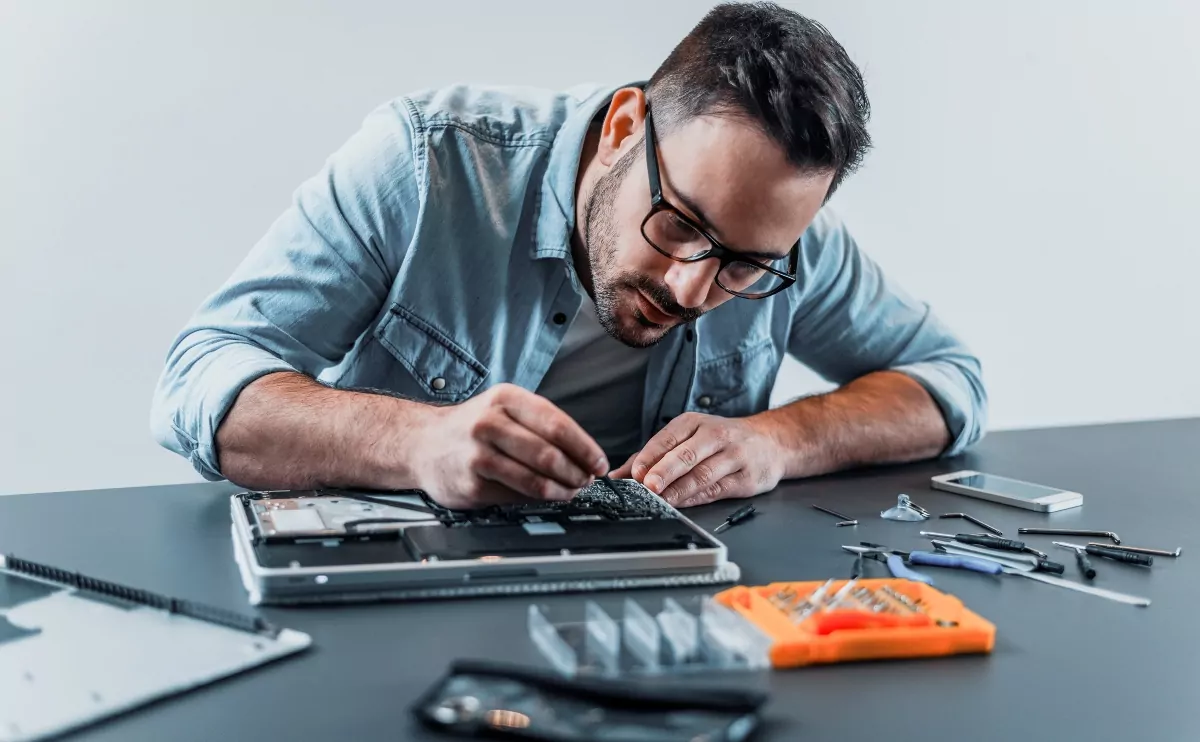
Why Don’t All Motherboards Use the Same Screw Locations?

It’s one thing for me to tell you that they don’t all use the same screw locations.
It’s another for me to properly explain that answer.
The truth is that the vast majority of PC motherboards have identical screw locations.
There are industry standards, and most PC component designs follow those standards.
But, there are different (and sometimes competing) standards, and that’s why not all motherboards are designed the same way.
It kind of makes sense, when you think about it.
Your desktop computer probably doesn’t need the same motherboard as your smartwatch.
Engineers realize this, and they have worked to build standards for various devices that help make things consistent and easy to work with.
What Are the Common Motherboard Design Standards? (4 Kinds)
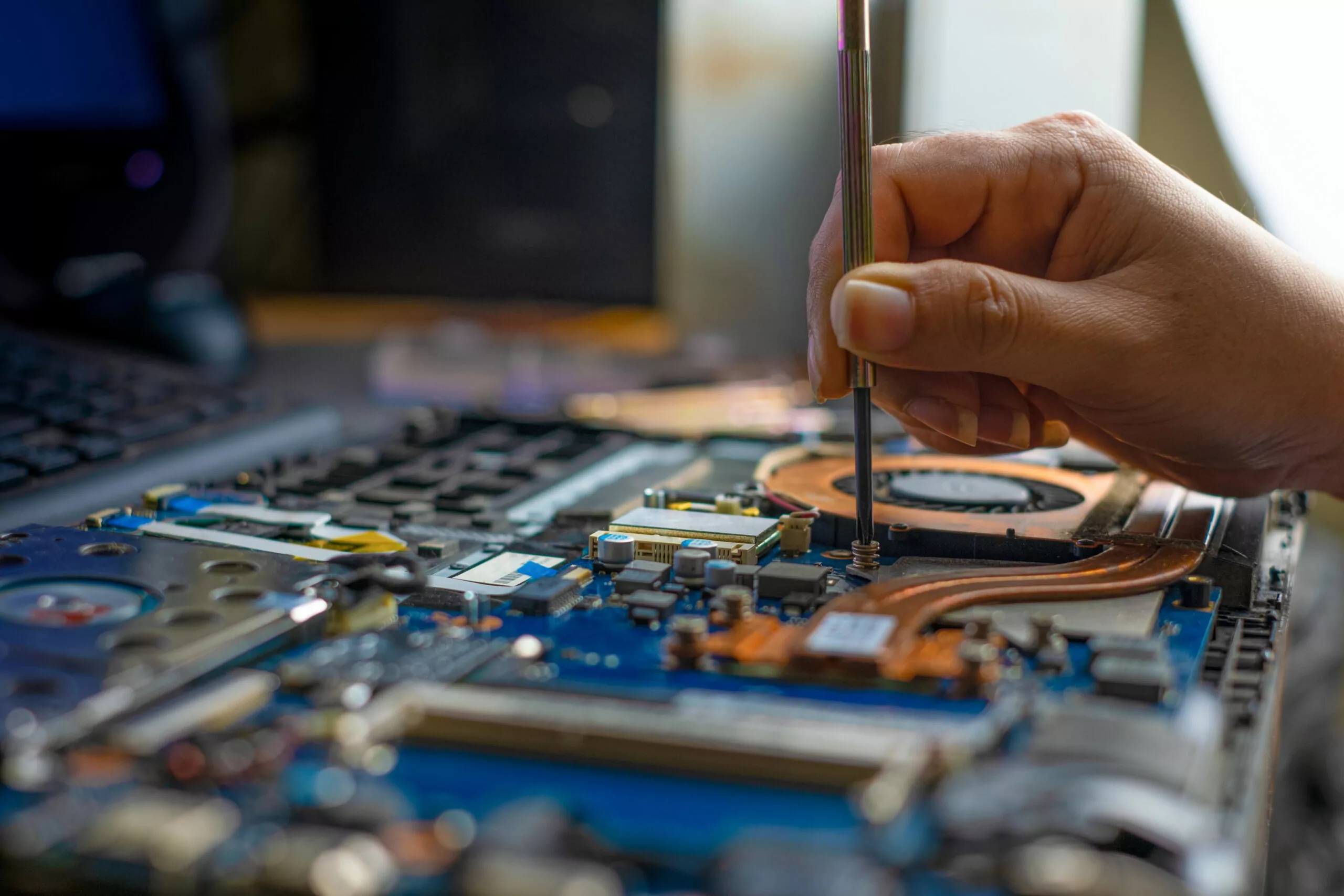
With that in mind, we can take a dive into the major design standards.
There isn’t a single standard for all electronics, but there is a clear industry leader: ATX.
I’ll take you through ATX standards as they apply to motherboards and screw locations.
I’ll also point out the variations in the standards that account for the different devices that use motherboards.
#1 ATX
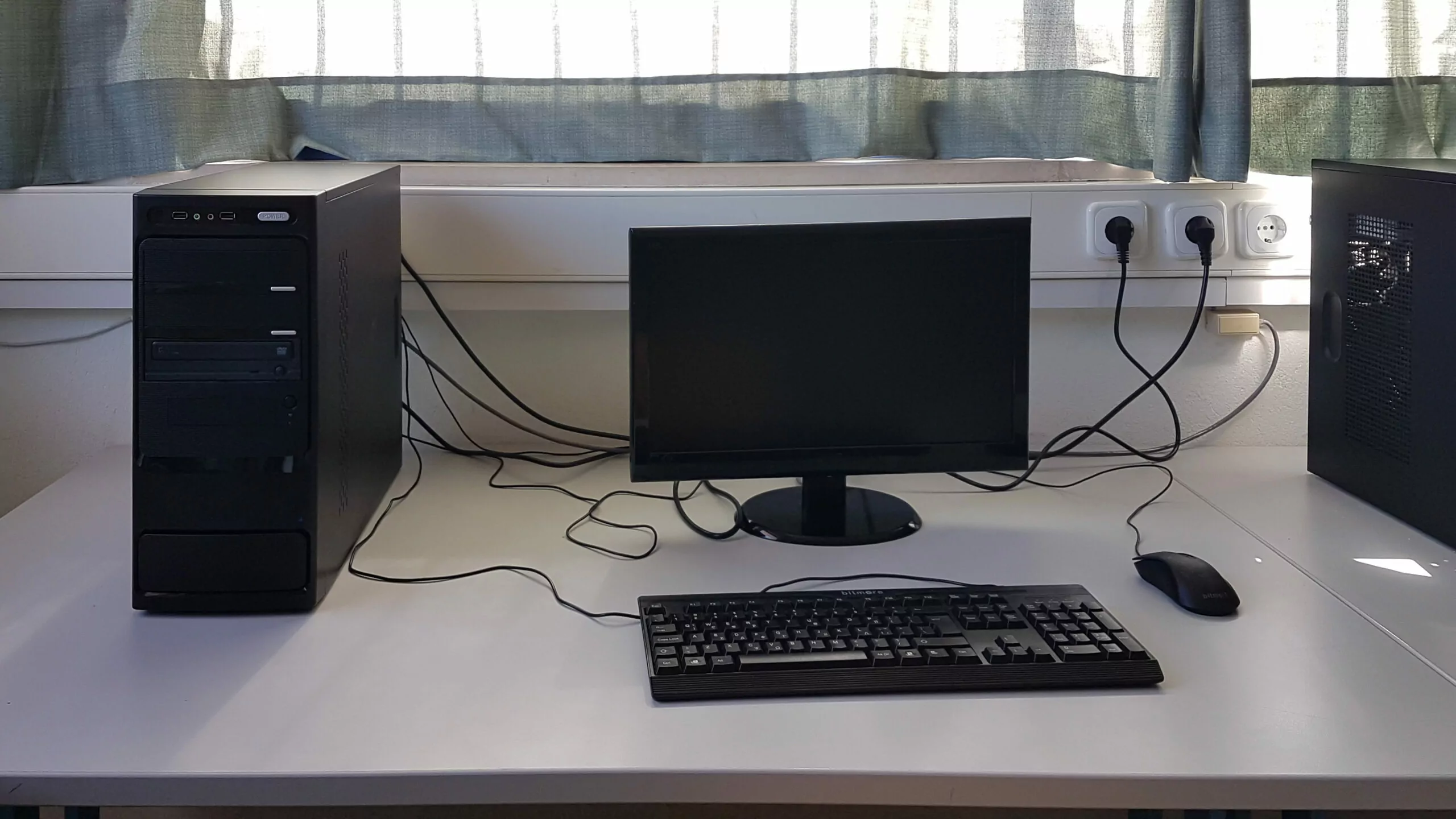
ATX is the golden standard for designing computer components.
Cases, power supplies, motherboards, and plenty of other parts are designed around ATX standards.
That includes screw locations on motherboards.
Now, ATX standards are intended to cover the vast majority of design and use cases for computers.
That means that there is not a single ATX size.
Instead, there are multiple sizes that accommodate various devices and designs.
But, ATX is usually reserved to identify full-sized ATX designs.
This is your basic desktop computer design, and it’s very standardized.
Any motherboard that you see advertised as an ATX board (as opposed to micro-ATX or some other variant) is going to have screw locations in the same spots.
It’s made consistently on purpose so that manufacturers can meet specifications without having to adapt their designs for any potential combination of parts.
#2 Micro-ATX

While ATX generally refers to the full-sized boards, there are a lot of smaller variations for different types of computerized devices.
Micro-ATX is common for some laptops and small desktop-style computers.
If you have ever seen a desktop mini, all-in-one computer, slim tower, or a number of other reduced-size personal computers, then you have probably seen a device using micro-ATX.
Micro-ATX is still a standard, but the motherboards within this standard are smaller than those of ATX design, and as a result, the screw locations are changed.
There is also mini-ATX, which is used with mobile devices.
Pico-ATX can be found in things like smartwatches.
For increasingly niche uses, you can find a handful of other ATX standards as well.
Each change in size comes with a change in screw locations, and there are some ATX motherboards that are not screwed in place at all; they are soldered instead.
#3 Apple

Then again, there are major computer manufacturers that don’t use ATX standards at all.
We could go through an exhausting list of manufacturers, or I can just use Apple as an example.
After all, Apple is prolific, and you have very likely seen Apple devices.
Even when it comes to Mac computers, Apple doesn’t conform to ATX standards.
The company uses its own standard, and those have changed over the years.
As a result, you’ll find that the screw locations are identical for any single Mac model, but they might change from year to year when you compare different models.
In fact, newer Mac computers tend to favor logic board (Apple’s name for a motherboard) soldering as a replacement for screws.
Actually, it’s a little more complicated than that.
The newest models use combinations of soldering and mounting screws, making things more convoluted.
Needless to say, the screws don’t have the same locations from one model to the next.
#4 Custom
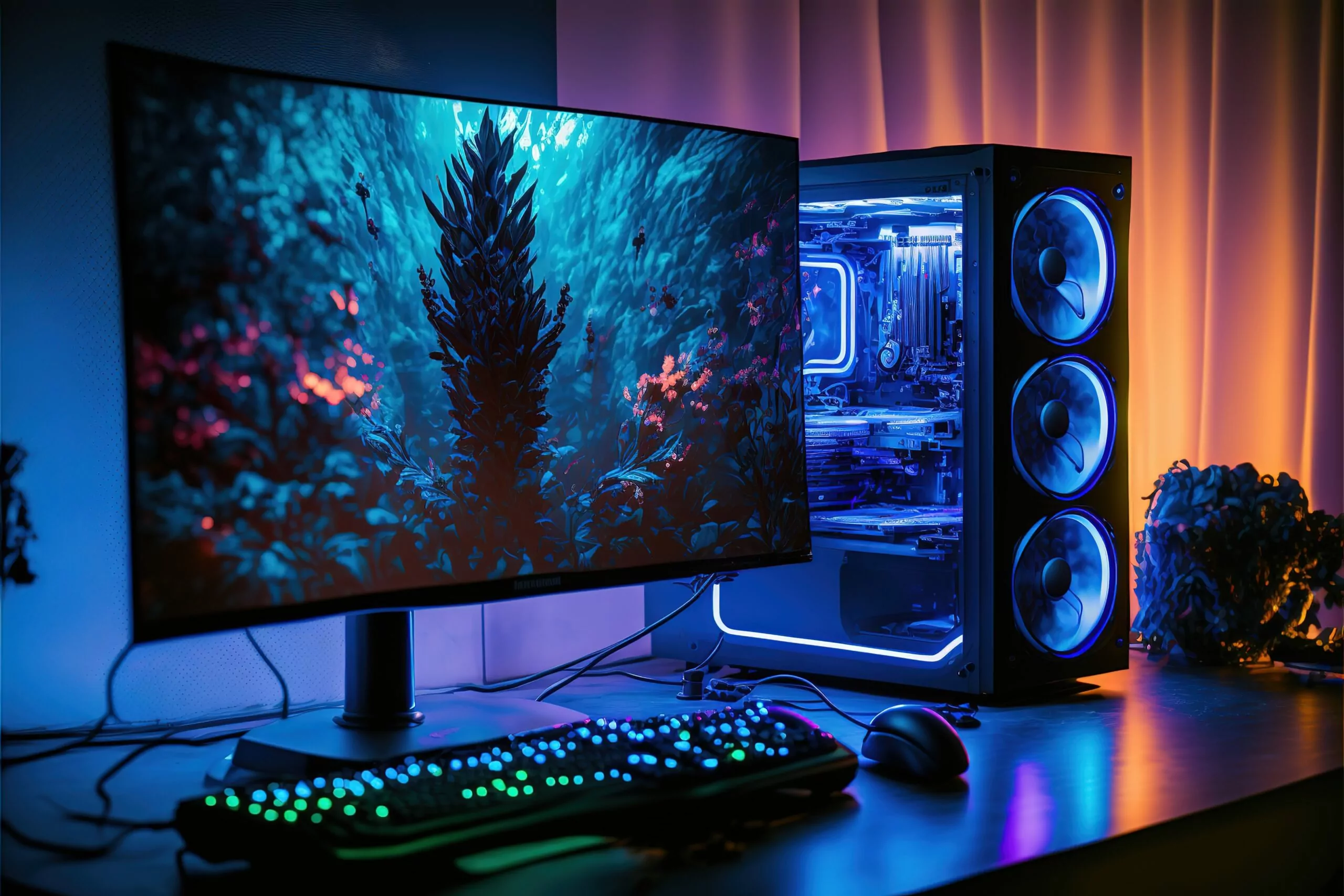
I’m supposed to be talking about standards, and here comes a section on custom electronics.
If things are custom, then that means they aren’t made according to preset standards.
That’s the point of customization.
But, I wanted to take a moment to point out that custom electronic designs do exist.
You won’t typically find them in PCs, but there are a lot of computerized devices that serve extremely specific functions.
You might have specialized instruments for manufacturing, scientific research, and plenty of other applications.
Rest assured, these devices still have some type of motherboard, and they do not use standardized mounting screw locations.
Why Do Motherboard Screw Locations Matter? (2 Reasons)
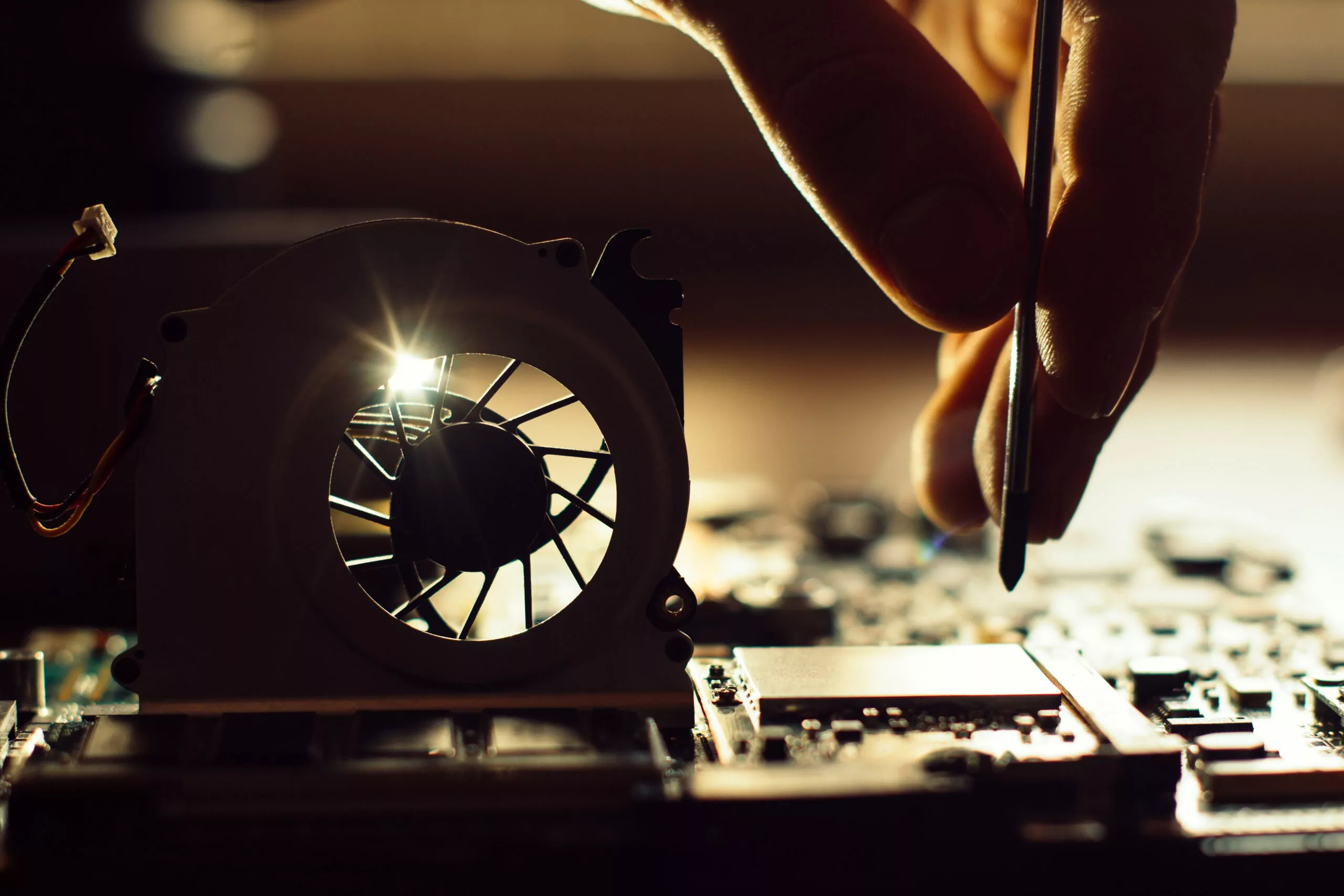
Ok, sure.
There are different designs and standards that change where the screws are supposed to go.
Why, though?
Why do so much thought and energy go into designing around motherboard screw locations?
Why aren’t they all the same?
Why aren’t they all custom?
In short, the location of the screws matters a lot to the design of the motherboard.
Screws help manage physical stress on the board, and they handle grounding.
I’ll explain both of those concepts in more detail in a bit.
Since screws are important, their locations have to be adjusted according to the overall design of the motherboard.
Since motherboards come in different shapes and sizes and for multiple purposes, it’s only natural that screw location designs move around to accommodate those differences.
It’s one of the key reasons why there are multiple ATX standards.
Knowing that, we can really look into how screws manage stress and grounding for a motherboard and why it all matters.
#1 Stress

The screws literally hold the motherboard to the computer.
If the computer moves around, the screws prevent the motherboard from banging around inside the case.
That’s important.
Otherwise, moving the computer could very easily damage the motherboard, ruining the computer in the process.
But, that’s not the extent of why screws matter for securing a motherboard.
The design of the screws and how they mount controls how stress is distributed across the motherboard.
No, I’m not suggesting that motherboards get emotional and struggle to deal with psychological stress.
I’m talking about physical forces that can put stress across the board itself.
If there is a source of pressure on the board, it can crack very easily.
The screws are designed to support the motherboard and handle any stress that is applied to the device.
This requires careful engineering.
If the screws are not disbursed properly, then it will be easy for stress to build up on the board, and then it can crack or otherwise fail.
The screw placement is essential to protecting the integrity of the board so that it can last a lot longer.
#2 Grounding
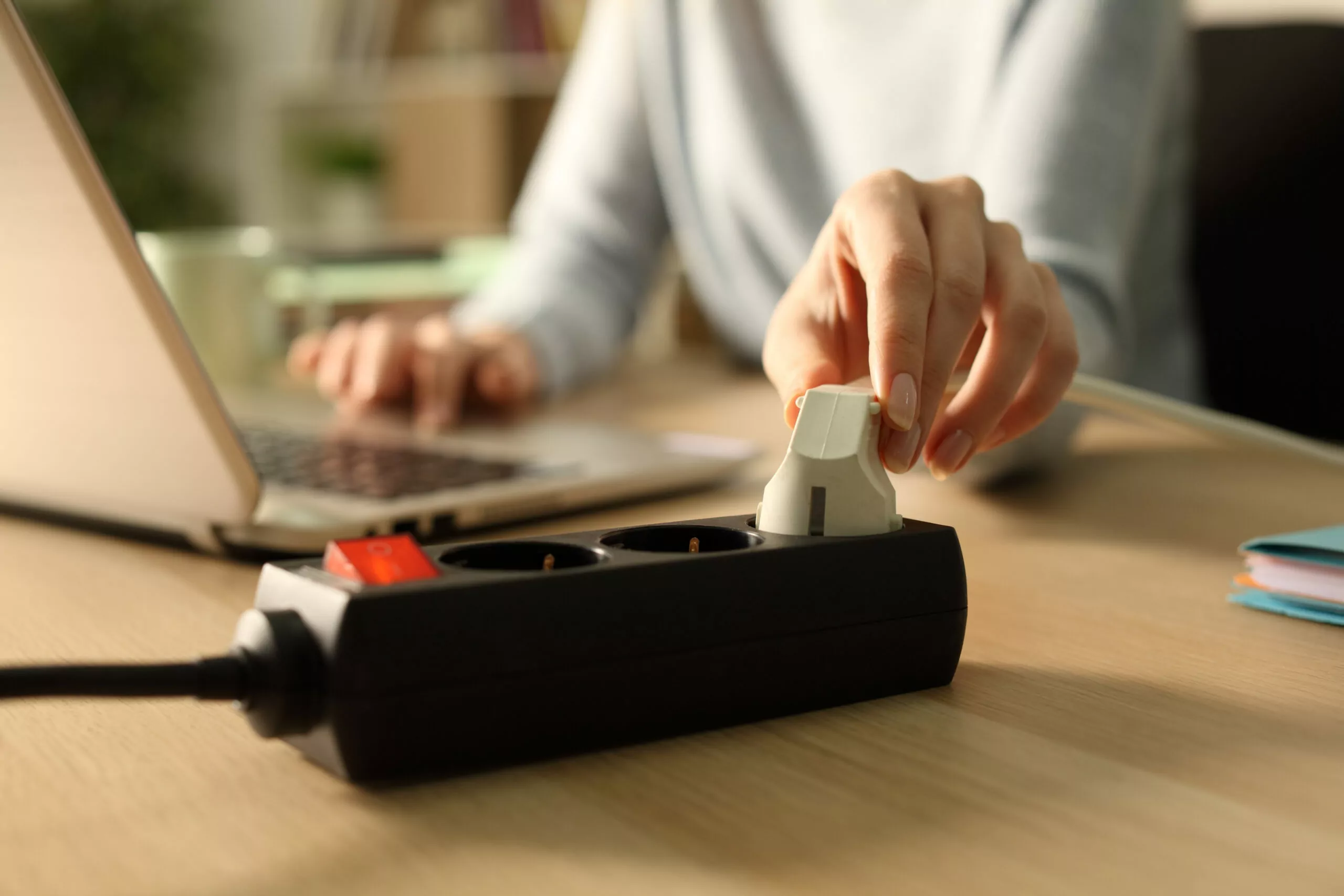
Stress isn’t the only thing at play.
Motherboard screws are also designed to help with grounding.
What is grounding?
It’s a technique in electric planning that gives electricity a safe place to go when things run abnormally.
There are grounding wires throughout your house.
So, if the power company accidentally sends you too much power (or if there is a lightning strike), the excess electricity can run along the ground wires until they are literally funneled into the earth itself.
This practice of grounding is why most houses are safe places in a lightning storm.
Grounding reduces the risk of unintended shock, fire, and other electrical problems.
It also helps delicate electronic devices function better.
Your motherboard is a delicate electronic device, and if it has too much electricity running through it, the small circuits can easily sustain damage.
In order to prevent that, grounding is necessary.
If you have ever assembled a modern PC, then you know that the screws actually attach to small metal stands.
These stands are like spacers that keep the motherboard from rubbing up against the computer case.
This is intentional, and it’s so that the computer design can carefully control grounding.
Without the stands, the motherboard would have too many contact points with the metal part of the computer case.
That can lead to unintentional grounding.
When that happens, electricity that is supposed to run along a circuit ends up running into the ground instead.
That can disrupt signals and prevent the computer from running correctly.
So, ATX boards use stands and screws.
That limits contact points to those designed by the engineers.
And, when you use the screws to fasten the motherboard to the stands, then you secure grounding where it is intended to be.
You are protecting the computer against undesirable electricity, and you help it run reliably and safely.
That’s why screw locations are important, and it’s a big part of why they are standardized by ATX.
If all cases are going to follow ATX standards, then motherboard engineers already know where to put the screws in their design.
It makes everything more consistent and more reliable.

